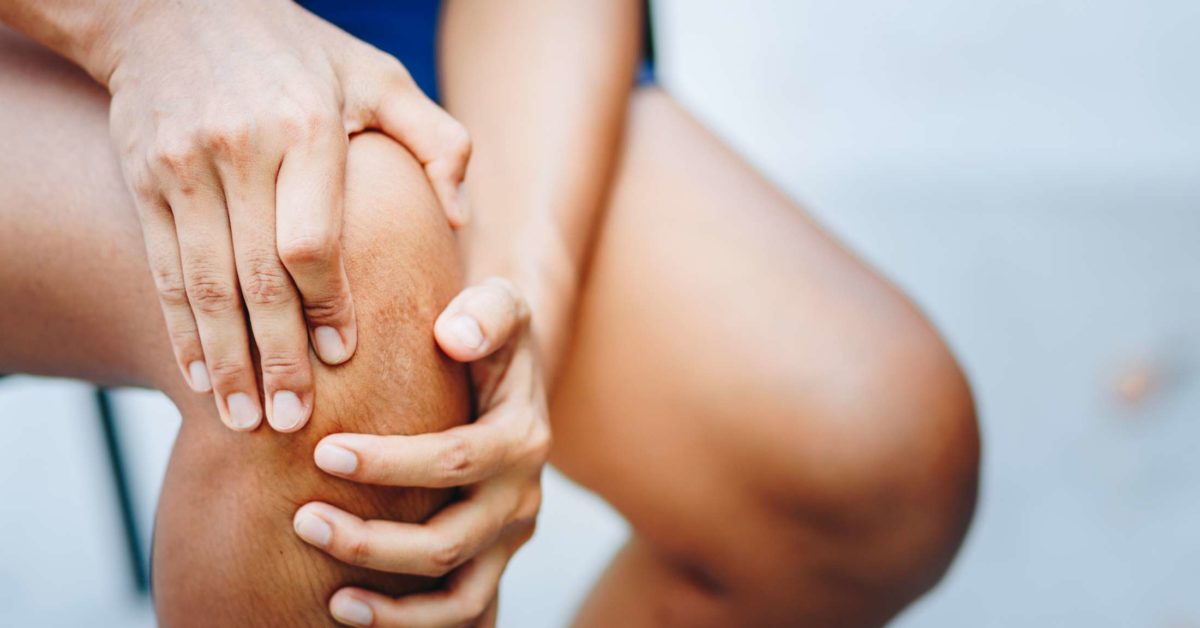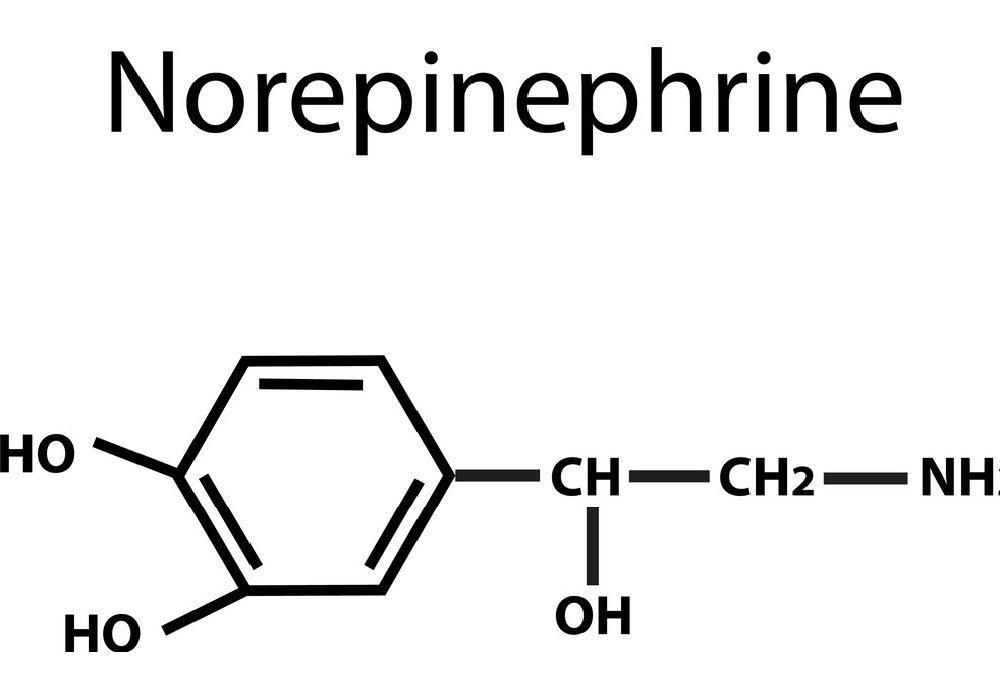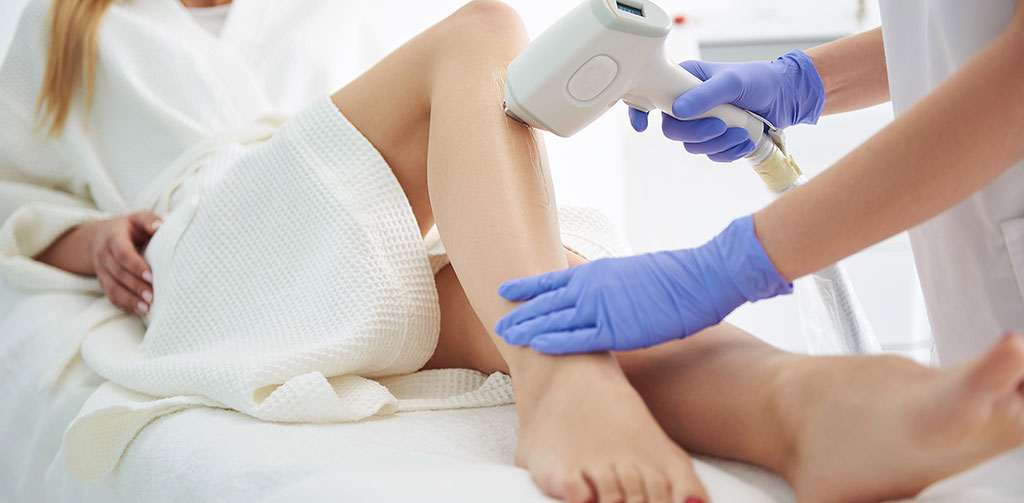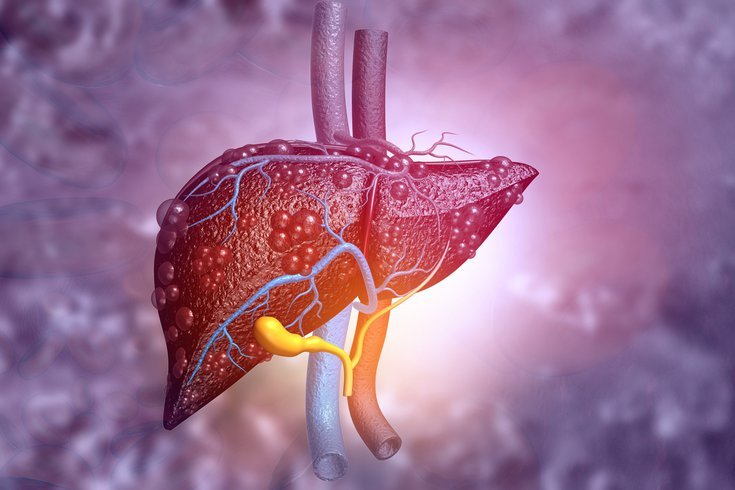dyshidrotic eczema; Symptoms, prevention, and treatment
Dyshidrotic eczema or dyshidrosis is also known as hemolysis, hand and foot eczema, vesicular eczema, or palmoplantar eczema. In this complication, blisters and sores that form can be uncomfortable and painful but not permanent. Dyshidrosis has side effects that last for weeks.
This article will look at the symptoms, causes, risk factors, and treatment options for dyshidrotic eczema and how diet affects these conditions.
Dyshidrotic eczema = dyshidrosis
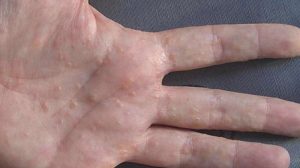
What Is Dyshidrotic Eczema?
Doctors sometimes call dyshidrosis hemolysis. Pempholix is a word that meant bubble in ancient Greece. This condition causes painful and itchy blisters on the hands and feet. Juicy blisters can appear on the fingers, toes, palms, and soles of the feet. People with this type of eczema may have other types of eczema on different parts of the body.
Dyshidrosis may occur only once. But it is often a chronic complication that recurs.
Symptoms of dyshidrotic eczema:
- Excessive itching
- Feeling irritated
- Feeling warm in the soles and soles of the feet
- Feeling the needle
- The sudden appearance of small blisters, often on the fingers
- Painful dryness and cracking of the skin
- Inflammation and changes in the skin around the nails
The blister is small at first and gets bigger; liquids may leak from them and change color. These blisters do not appear on other parts of the body, and if a person has small, juicy blisters on another part of the body, it is most likely another type of eczema or other skin condition.
Protruding blisters on the fingers may be caused by excessive sweating or exposure to heat. These blisters are often called summer blisters on the fingers.
Causes of dyshidrotic eczema:
There is no known cause for dyshidrotic eczema, but there may be several reasons for this complication:
- Pressure
- Allergy to metal, for example, allergy to nickel
- Other types of allergies, such as seasonal allergies
- Sweating. Hot and humid air
- Half of the people with dyshidrotic eczema also have atopic eczema or a family history of skin disease.
Risk factors for dyshidrotic eczema:
dyshidrosis is more common in people under 40, and women are more likely to get the disease. Other risk factors include:
- Having another type of eczema
- Seasonal allergies or asthma
- Allergy to certain metals
- Hands and feet that sweat and get wet regularly
- History of dyshidrotic eczema in the family
- Dealing with metals
- Being a mechanic
- Dealing with cement
Diagnosis of dyshidrotic eczema:
Anyone with symptoms of dyshidrosis should see a dermatologist for a definitive diagnosis. The doctor examines the skin and asks about the family history of the disease to make an accurate diagnosis and treatment. Your doctor may recommend an allergy test to identify specific factors that may be causing the condition and exacerbating eczema.
Treatment of dyshidrotic eczema:
There is no cure for dyshidrotic eczema, but there are ways to control it:
- Moisturizer recommended by your doctor
- Immersion in potassium permanganate to cure watery blisters
- Topical steroids to reduce inflammation
- Oral antibiotics to treat bacterial infections
- Oral immunosuppressive drugs
- Phototherapy
Remember that steroids are not a long-term treatment and should not be taken for more than two weeks.
Home remedies for dyshidrotic eczema:
Coping with the symptoms of dyshidrotic eczema can be difficult. This complication is often painful and troublesome. The National Eczema Association recommends the following strategies to relieve symptoms at home:
- Rinse with lukewarm water
- Use mild detergents instead of soap to prevent skin irritation
- Do not come into direct contact with agents or products that irritate the skin
- Take antihistamines to help relieve itching and help you sleep better
- Drain large, painful blisters with a sterile needle
- After applying the cream or ointment, bandage the skin
- Controlling and reducing stress can also help prevent eczema
What role does diet play in eczema?
Some foods can cause eczema in some people. Avoiding these foods can help prevent symptoms. For example, in cases where the nickel-metal causes dyshidrosis, avoiding foods containing nickel can prevent this complication. These foods include canned meat, black tea, beans, chocolate, peas, lentils, nuts, seeds, and soy.

Complications of dyshidrotic eczema:
The infection may appear as blisters that gradually become large and fluid. Some people may develop a fungal infection at the same time as dyshidrosis. If a person with dyshidrosis develops a skin infection, they should see a doctor because they need antibiotics to treat the disease.
Some of the symptoms of a skin infection include skin discoloration, inflammation, and pus.
Prevention of dyshidrotic eczema:
Prevention of dyshidrosis involves avoiding the factors that cause the disease, such as allergens or temperature changes.
Other ways to prevent dyshidrotic eczema:
- Use a moisturizer to avoid dryness and cracking of the skin
- Loose cotton clothes
- Moisturize the air to prevent dry skin
Living with dyshidrosis can be challenging because it affects the organs. Some people with the disease may not be able to perform their daily activities and may not even be able to walk, even if painful blisters appear on the soles of the feet, but it is possible to control the condition. If you have dyshidrosis, talk to your doctor about a suitable treatment.


